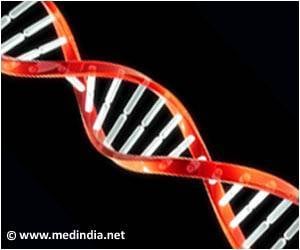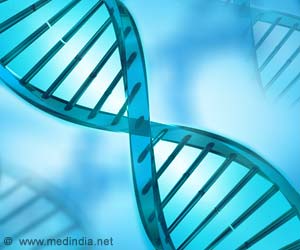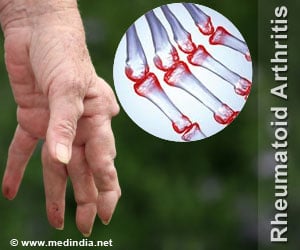Researchers from the UK and the US, working together have identified a gene that is likely to cause a group of rare genetic childhood disorders.
The Researchers from UK and US working together explained that they have identified the gene that was behind a group of rare, progressive childhood disorders caused by an abnormal build up of iron in the brain.
Explaining about the discovery of the PLA2G6 gene, whose mutated forms trigger several genetic disorders categorized as neuroaxonal dystrophies, they said that this could also shed light on the nerve cell degeneration that leads to neurological problems such as Parkinson's and Alzheimer's diseases, both known to be associated with brain iron accumulation.The study in Nature Genetics has found a defect in phospholipases; a specific group of proteins was responsible. The researchers conducted the studies on the families hat were affected by two of the genetic disorders infantile neuroaxonal dystrophy (INAD) and neurodegeneration with brain iron accumulation. (NBIA)
They explained that both the disorders are characterised by an abnormal build-up of iron in the brain, which causes the branch-like axons that transmit electrical impulses in nerve cells to swell, thereby interrupting the signal. They said that this causes the affected children to suffer from progressive loss of vision.
The researchers collected DNA from 30 to 40 families and narrowed the search for the suspect gene to chromosome 22. Then searching for genes in the region whose function was suggestive of the symptoms and the parts of the body affected by the diseases, they narrowed the search further to 75 genes.
After combing the 75 genes patiently, they identified the mutations in PLA2G6, which codes for a protein belonging to a group called phospholipase A2. They explained that when the gene is mutated it alters the processes inside a cell that leads to the build up of iron, which incidentally is also seen in conditions like Alzheimer's and Parkinson's.
Both these diseases are due to recessive traits, meaning that both parents must contribute the defective gene to the child, and currently there is neither cure, nor any standard treatment for either of the disease. The incidence is reported to be 1 in 500,000 to 1 million. The researchers explained that now with the discovery of PLA2G6’s, they are hopeful of developing a clinical test that could help the families in determining their chances of passing on the disorders to their children.
Advertisement
The researchers also said they had "unequivocally" linked defects in phospholipase A2 proteins with neurodegeneration. Professor Hayflick explained that similar changes in phospholipase A2 metabolism were also seen in neurodegeneration that was associated with ischemia due to stroke, spinal cord trauma, head injury and Alzheimer's disease, thereby making it a potential drug target.
Advertisement







